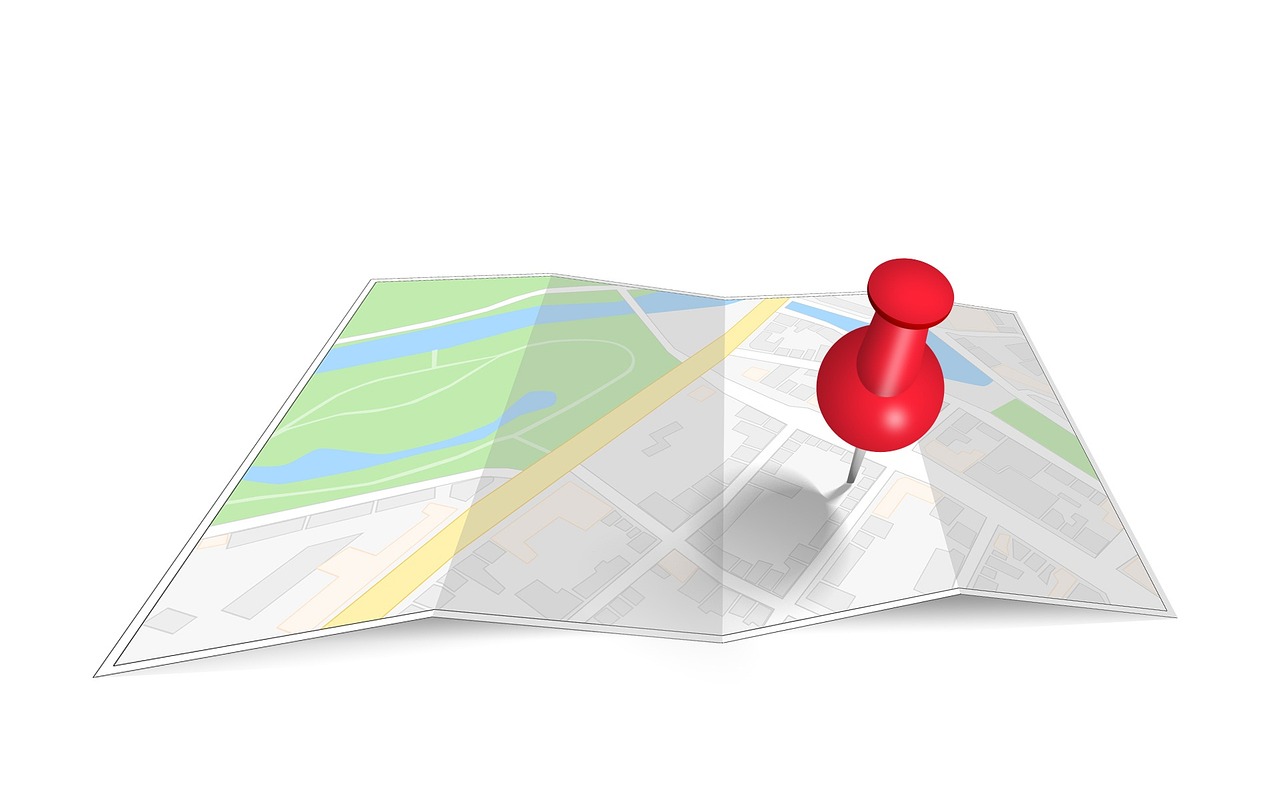“When you’re worring about optimizing your website for search, you can’t forget about technical SEO,” said Paul Dughi, CEO at StrongerContent.com. “XML sitemaps and robots.txt files are key components of website architecture and are essential for your site to get found and indexed.”
XML Sitemaps
An XML sitemap is a file that lists all the pages on a website, along with information about when each page was last updated and how important it is in relation to other pages on the site. This information helps search engines to crawl and index a website more efficiently, which can improve its visibility and ranking in search results.
A sitemap can include information such as:
- URLs of all pages on the site
- The date when each page was last updated
- How frequently each page is updated
- The importance of each page relative to other pages on the site
XML sitemaps are particularly useful for large, complex websites with many pages, as they provide a clear and organized map of the site’s structure for search engines to follow. They can also be helpful in identifying and fixing errors or broken links on a website.
Robots.txt
A robots.txt file is a text file that tells search engine crawlers which pages or sections of a website should not be crawled or indexed. This file is placed in the root directory of a website and is read by search engine crawlers before they start indexing a website.
Robots.txt is particularly useful for websites that have pages that should not be indexed, such as pages with duplicate content, confidential pages or sections, or pages with low-quality content. By blocking search engine crawlers from these pages, website owners can ensure that their site’s ranking is not negatively affected by these pages.
However, it’s worth noting that robots.txt is not a foolproof method for hiding pages from search engines. While most search engines respect the instructions in a robots.txt file, some may ignore them or interpret them differently. Additionally, robots.txt only applies to search engine crawlers, and cannot prevent other types of traffic from accessing a page. For example, if a URL is publicly shared or linked to, users may still be able to access it even if search engine crawlers are blocked.

